- 1906 - 2010
- Japon
- Danseur
- Metteur en scène
- Interprète
Kazuo Ohno once said of his own work: "The best compliment to me is when people say that they cried watching my performance. It’s not necessary to understand what I’m doing; perhaps it’s better if the audience doesn’t understand. They just need to respond to the dance.”
Kazuo Ohno began studying dance again after the war, presenting his first solo performances in 1949 in Tokyo.
In the 1950s he met Tatsumi Hijikata, who inspired him to take up Butoh, a new form of dance which emerged from the tumult of post-war Japan. Hijikata, who eschewed the Western forms of dance popular at the time, worked with Ohno and a group of collaborators to create a new vocabulary of movement. Later on, in 1961, he christened this movement Ankoku Butoh-ha.
During the 1960s Ohno began to develop his own style, while continuing to collaborate with Tatusmi Hijikata. In 1977 he presented the solo show La Argentina Sho, directed by Hijikata and dedicated to famous Spanish dancer Antonia Mercé (better known by her stage name "La Argentina"; Ohno had seen her perform in 1926).
With guidance from Hijikata, Ohno created two more major works, My Mother and Dead Sea, performed with his son, Yoshito Ohno. His other works include Nénuphars, Ka Chō Fū Getsu (Fleurs-Oiseaux-Vent-Lune) and La Route du Ciel, La Route de la Terre.
Ohno founded the Kazuo Ohno Dance Studio in 1949 and built the Kamihoshikawa studio in 1961 in Hodogaya, Yokohama, where he worked on creating and rehearsing his choreographic compositions. Now directed by his son Yoshito Ohno, the Kazuo Ohno Dance Studio continues to organise workshops and performances, and also houses Butoh archives containing a wealth of materials on the development of this art form and the legacy of Kazuo Ohno.





